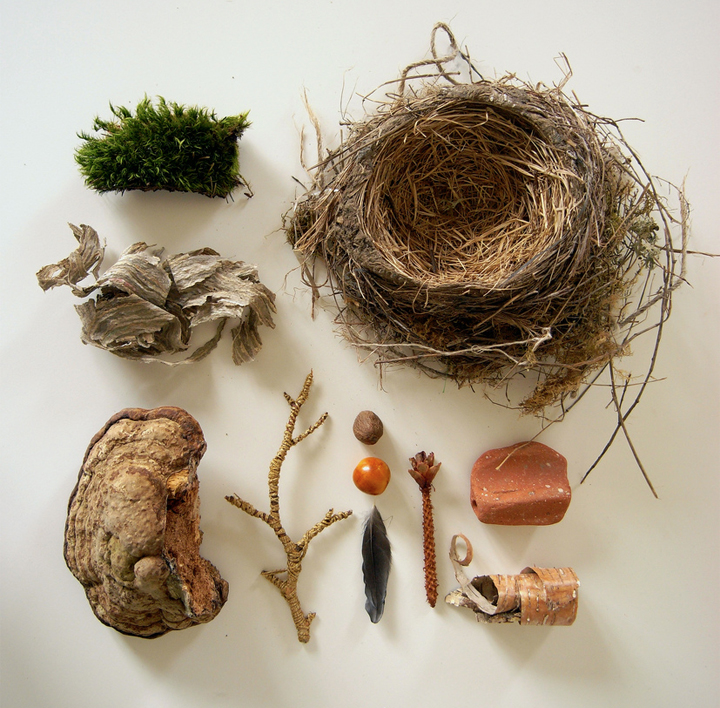4.2 Reading Projects-Unit 4
| Site: | Cowichan Valley School District - Moodle |
| Course: | ELA8, CSS, Sferrazza |
| Book: | 4.2 Reading Projects-Unit 4 |
| Printed by: | Guest user |
| Date: | Sunday, 28 December 2025, 6:03 AM |
Description
3 Choices.
Overview
Now that you have completed the readings and learning guide activities, hopefully you will have more idea on what value there is in connecting to nature. Nature is a source of inspiration in every form of writing and other artistic expressions.
Keeping in mind that the focus is value in nature, choose one of the following choices and continue on to the appropriate page for more detail.
Evaluation will be based on organization, ideas, and conventions (spelling, grammar, punctuation).
Click here for the rubric that will be used to grade your assignment.
1. Using an essay provided create a found poem.
2. Using your own photography, video, or drawings create a specimen collection and describe what you have noticed.

3. Write 3 paragraphs describing in detail three photos of places you have visited or pictures of places that you would like to be able to visit.
  |
 |
Assessment
The following rubric will be used to assess your project. Read carefully before continuing on to your choice:
Found Poem
First, read carefully the slideshow below to learn about found poetry.
Next use a page from one of the two essays below for your found poem creation.
Ideas: Your poem should have some sort of focus and be nature or place. Try and include or create descriptive lines or phrases or words.
Organization: You may cut and paste words, blackout words and create a picture around or some other idea.
Conventions: Include a title, author (you) and proper spelling.
Careful Observation Project
Create a curated specimen collection (pressed flowers, rubbings, mobile, etc., diorama, artwork) that can be submitted by taking a video, photos or submitting the actual objects. Your collection should connect to our natural world.
Ideas: Your collection will be curated (organized with a focus) by including creative descriptions of each object, or with a poem that includes each object, or essay, or other creative labeling.
Organization: Include a minimum of ten objects that can have a common theme (patterns in nature, the seasons, a rainbow of colours, etc.) The collection should be titled and be organized in a logical way.
Conventions: Writing or oral presentation is clear and correct punctuation is used.
Some links for inspiration if you need:

Photo Essays
Write 3 paragraphs describing in detail three photos of places you have visited or pictures of places that you would like to be able to visit. You will use imagery (the 5 senses) and figurative language (simile, metaphor, hyperbole, etc.).
Ideas: For each photo write a paragraph describing the photo in such a way that the reader should almost be able to put themselves into the photo. Use as many sensory details as possible (sight, smell, taste, texture, and sound)
Organization: Each paragraph should include a topic sentence that sets the scene briefly. The supporting sentences should create an overall tone (power, peace, loneliness etc.) while creating a picture.
Conventions: Title, proper punctuation and sentence structure. If the photos are not your own include the URL or source.
Example:
The eagle perched resolutely throughout the storm. Despite the thunder that seemed to rock the mountainside, the bird stayed still to guard her nest. As the sky darkened around the craggy tree on which her nest was silhouetted against the ever-thickening clouds, lightning struck. The bolt of energy seemed to almost form a circle of immeasurable force just feet from the nest. Shortly after that the rain pelted down mercilessly as the eagle turned to check her young.
